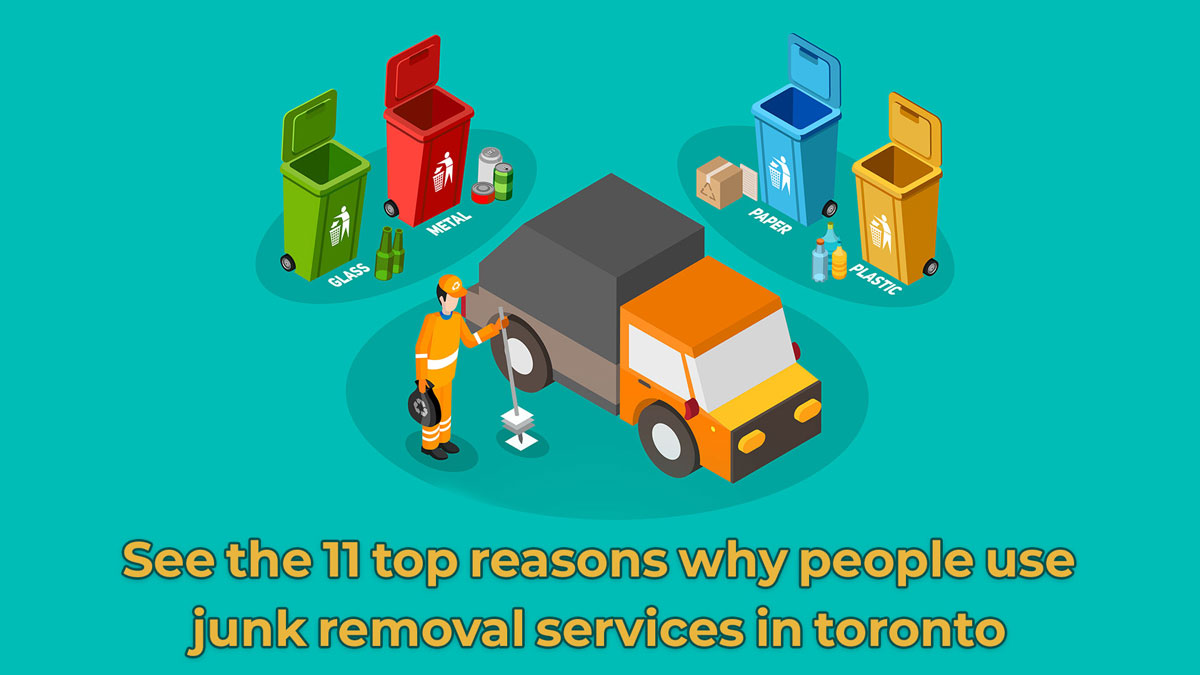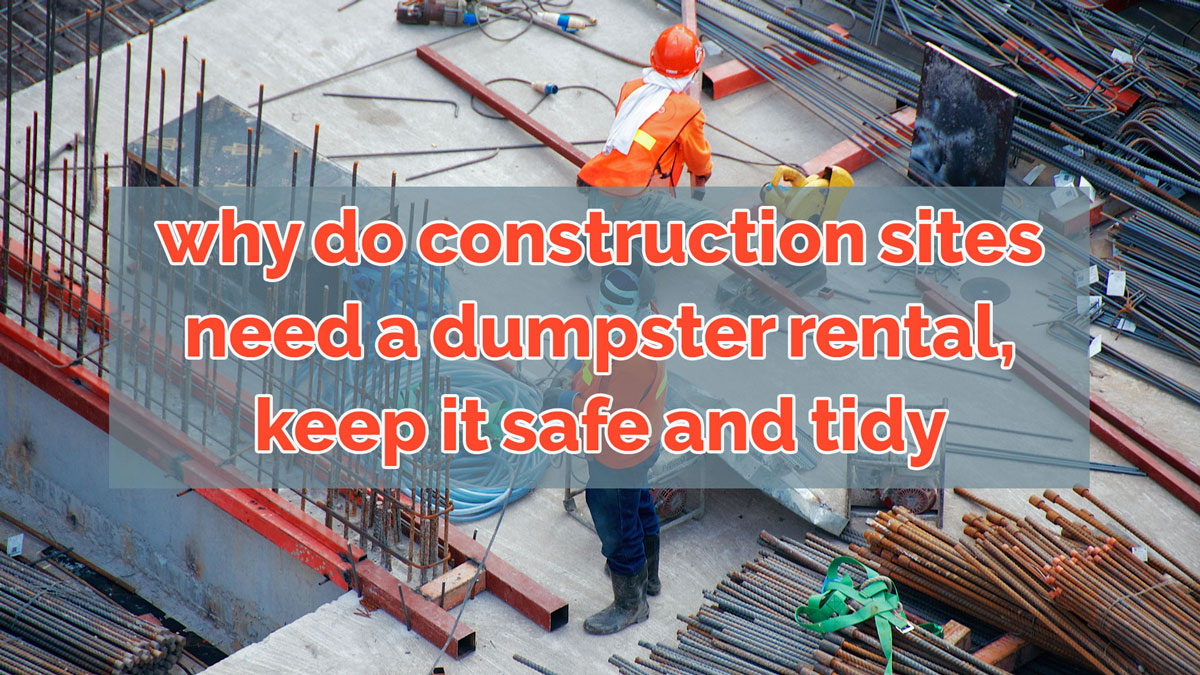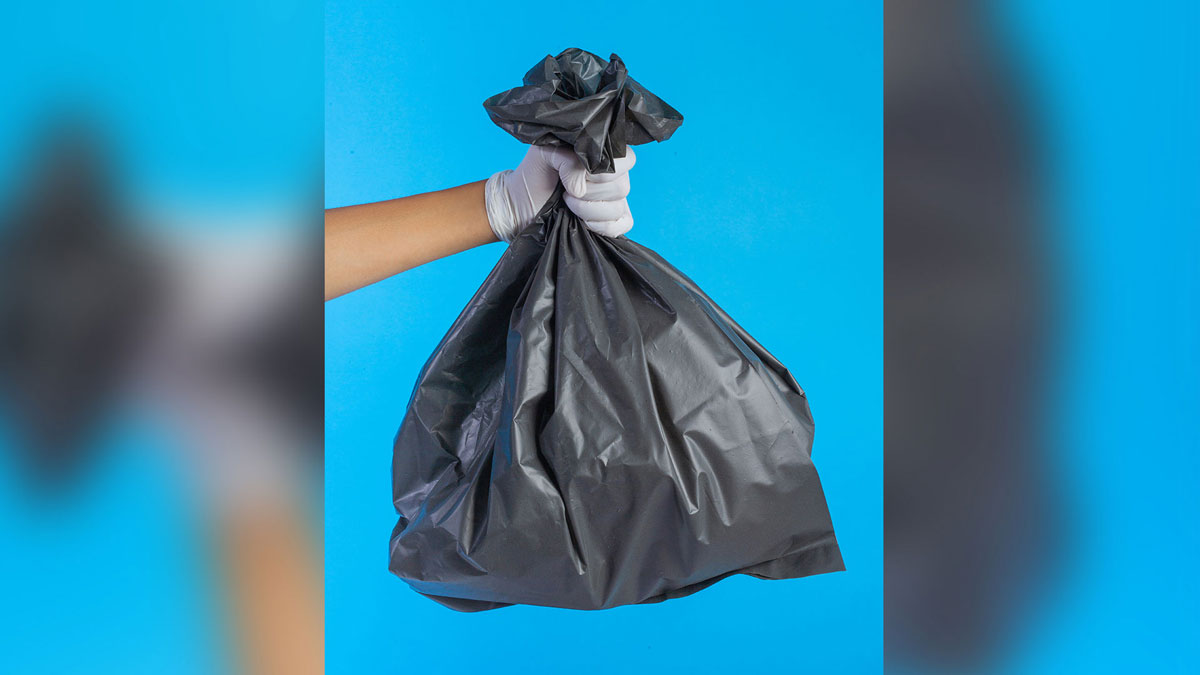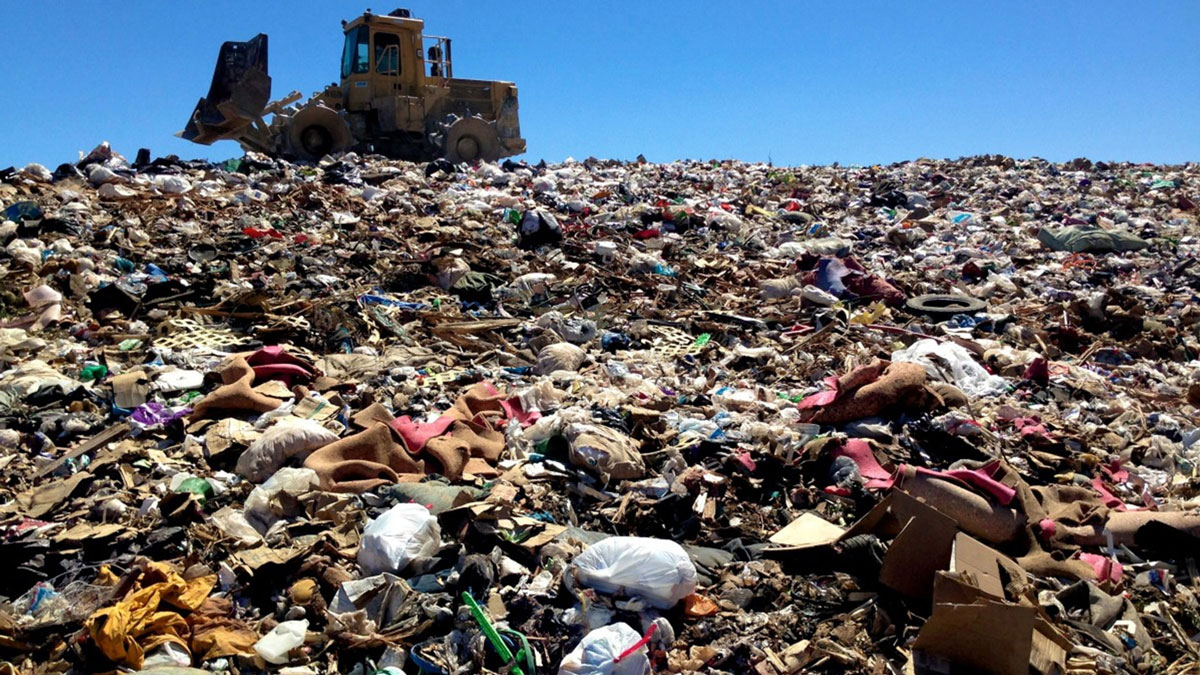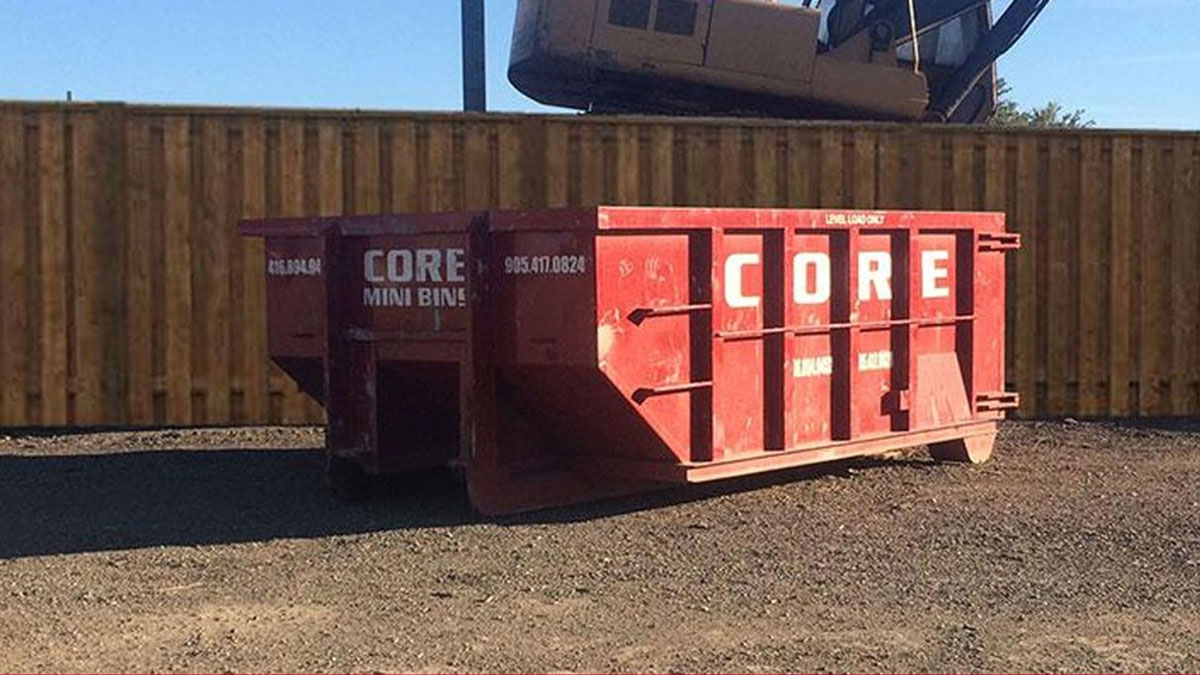Recycling in Toronto has made great strides, as an industry, in the past decade. Even so, ‘dirty recycling’ is still very much a prominent theme at sorting facilities across the GTA. If recycling numbers are to rise to where we need them to be in the coming years, dirty recycling as a phenomenon is something that we’re going to have to acknowledge and resolve.
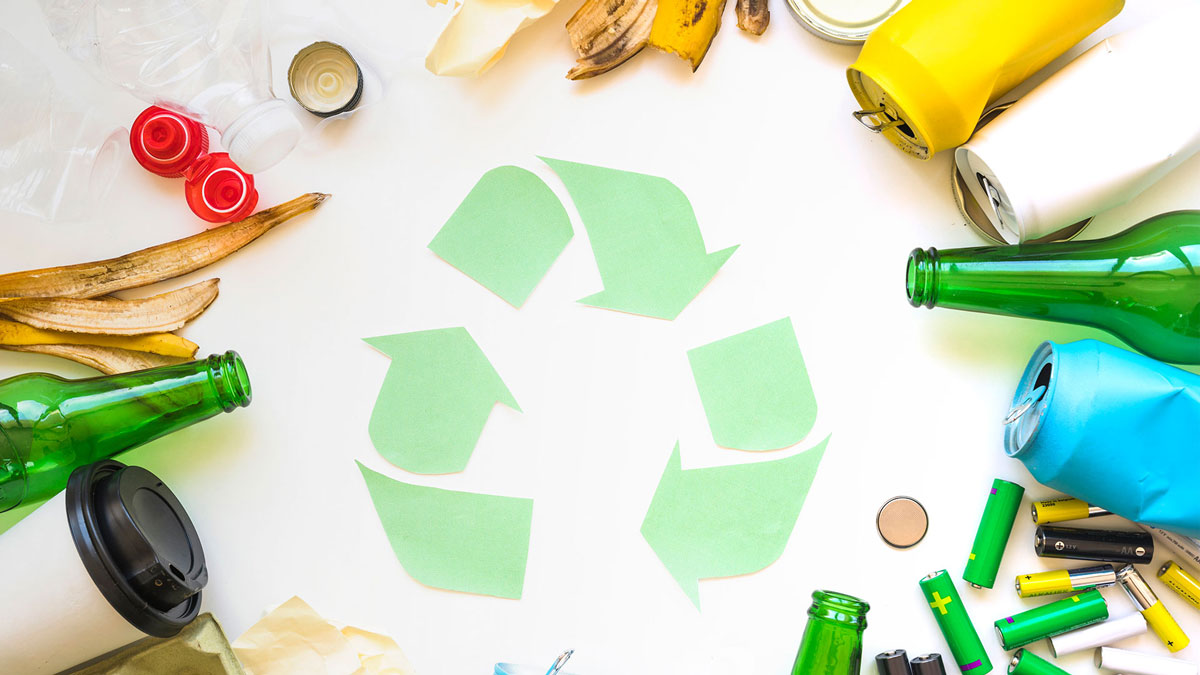 |
What is Dirty Recycling |
If recycling is to be processed and re-manufactured into recycled materials, it must be sorted, cleaned and void of any contaminants. So let’s say, you take your Toronto blue recycling bin, piling it beautifully with recyclables. If the materials themselves aren’t clean enough to make something from, the entire bin can be disregarded as ‘contaminated’ and is then sent to the landfill. Defining ‘dirty recycling’, it’s all in the name.
What is the goal of recycling?
We think of recycling as a means of helping the planet. The goal of the recycling industry is to make money from waste – that’s it, for better or for worse. If bales of recycling don’t sell, they’re sent to the landfill and are good as garbage even if the material itself isn’t waste.
Why does dirty recycling happen?
Dirty recycling in Toronto is most often unintentional, due to a lack of education on what is recyclable in the GTA. We all live busy lives. Few take the time to review every year what’s recyclable. Instead, we make assumptions. Alternatively, when throwing out recyclables, we don’t always take the time to rinse out glass or plastic containers, or to verify that what we’re tossing is recyclable, and/or check the pizza box for grease stains.
What is the biggest contaminant in recycling?
The top contaminant in recycling is food. Even a little peanut butter inside the container’s a problem. If you put this type of thing into recycling, it will not only affect all the materials in its bin but it could impact tonnes of materials. Some estimates suggest that as much as 26-35% of recyclables contain some sort of contaminant – usually food – in them which reduces the value of what’s being processed.
What is Toronto’s recycling contamination rate?
According to a recent CBC investigation, of all major cities in Canada, Toronto has the worst recycling contamination rate. The city with the best recycling contamination rate is St. John’s, Newfoundland, only 3 percent. Here is a quick list of the top 10 worst city contamination rates.
10 – St. John’s (3%)
9 – Vancouver (4.6%)
8 – Ottawa (5%)
7 – Regina (11%)
6 – Winnipeg (13%)
5 – Calgary (13%)
4 – Fredericton (14%)
3 – Halifax (21%)
2 – Edmonton (24%)
1 – Toronto (26%)
Should Toronto have separate recycling bins?
One possible strategy to cut down on dirty recycling and increase recycling efficiencies are to utilize multiple bins. In Vancouver, they have a bin for glass separate from other recycling materials. The city also requires citizens to separate paper, cardboard, and containers. Here in Toronto everything goes into one bin. It then gets separated at the waste management processing facility. Single-stream recycling programs like Toronto always boast the highest contamination rates, according to industry experts. It isn’t unreasonable to think in the coming decade, the GTA may have to really examine how its single-bin recycling pick-up impacts efficiencies.
How much does it cost to process dirty recycling?
With dirty recycling, you’re essentially paying twice to process it – the first at the recycling plant and the second as it gets processed at another facility to be put into a landfill. In Toronto, one must also factor in the cost of everything that contaminated recycling comes in contact with which reduces recyclables to low-value waste. Though Toronto’s contract with waste management stakeholders, contamination can result in additional surcharges as well. Some estimates suggest that there’s $1,000,000s to be saved every year in waste collection if the city were to conquer its contamination problem.
Is dirty recycling getting worse?
Dirty recycling has been on the increase these past few years due to countries like China increasing regulation on what waste and recycling they accept. China, for example, now accepts recycled paper with 0.5 percent contamination or less. Before, Canada could send recycled paper with coffee stains and all sorts of expected contaminants to China, and not answer for it. These days, you can’t do that. So this means a piece of paper with a coffee stain unfortunately is now waste and non-recyclable.
Is Vancouver better than Toronto at recycling?
With dirty recycling and cross-contamination rates, Vancouver is so much better than Toronto because of how the city’s structured its recycling program. Cities like Vancouver use strategies such as not accepting glass or styrofoam which break into tiny, tiny pieces that act as contaminants, to increase value on their recyclables.
Is Ontario making recycling more difficult for Toronto?
Toronto receives a lot of people moving in every year – some from other areas of Ontario. The province’s municipalities each carry their own rules of what’s allowed and not allowed in their recycling bins – just like the rest of Canada. This means there’s a percentage of Torontonians probably with the best of intentions who are unknowingly contaminating their recycling by including materials that the GTA does not accept. In Ontario, there’s an initiative known as ‘producer-responsibility’ which makes producers responsible for managing any and all waste generated from their products. This same sort of program is successfully managed in BC. It is expected, in the years to come, the province will adopt a more clear recycling standard.
What is the best way to recycle in Toronto?
The best way to recycle is to reduce, reuse, and replace single-use items that are populating streams of waste recyclable and non-recyclable alike. Instead of accepting single-use takeout containers for restaurant food, bring your own. Buy reusable straws, reusable water bottles, reusable sandwich bags, and more. Never use plastic grocery bags and always shop with a reusable. These simple choices cut down on waste and recycling which will help to keep our Toronto strong, clean, healthy, and efficient.
Waste disposal, management, and sorting mean the world to us at Core Mini Bins. Anything recyclable is recycled and we do our best to keep contamination to a minimum. If you’re a corporate office, small business, homeowner, or construction contractor looking to better control their waste, contact a representative at Core Mini Bins today.
